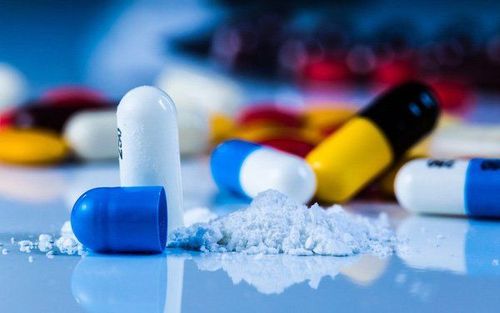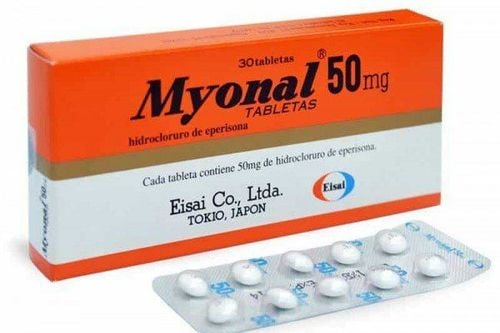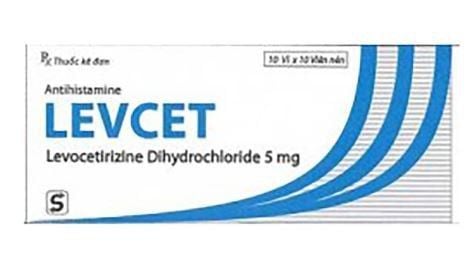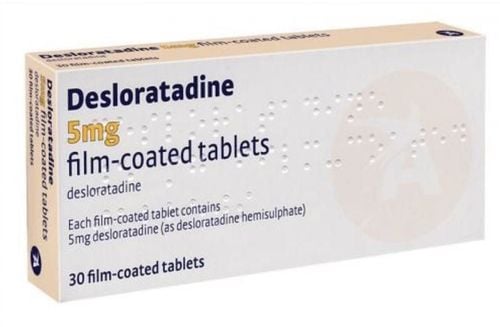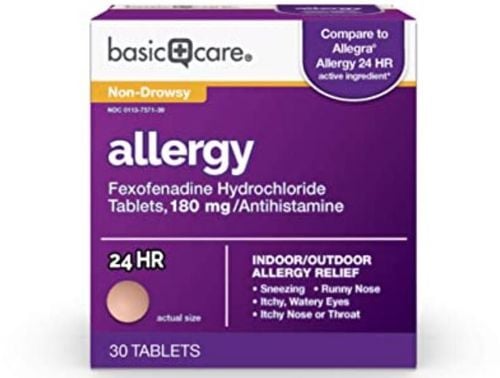This is an automatically translated article.
Soy allergy is a common type of food allergy. Affected subjects are mainly infants and toddlers. The patient has a hypersensitivity to soy and related foods such as soy milk, soy sprouts.
1. What is a soy allergy?
Allergy to soy and soy products is a common type of food allergy. Most cases of soy allergy occur in infants, detected by parents when the child has a hypersensitivity reaction to soy milk powder. Most children's allergy to soy will go away with time, but some can develop the allergy into adulthood.
Symptoms of a mild soy allergy include skin rash and itching in and around the mouth. In rare cases, a serious, life-threatening anaphylactic reaction can occur.
If you notice that your child has signs of a soy milk allergy or a soy germ allergy, take your child to the doctor for an accurate examination. The doctor will have the child perform tests to determine whether the child has a soy allergy or not.
Being allergic to soy means avoiding all soy-based products. There are now many foods that may contain soy, such as soy milk products, tofu, meats, cakes, candies and breakfast cereals.
2. Signs of a Soy Allergy

Hầu hết các trường hợp dị ứng đậu nành đều gây ra không ít khó chịu, nhưng thường không mấy nghiêm trọng
Most soy allergies cause some discomfort, but are usually not serious. Rarely these allergic reactions become dangerous or even life-threatening. In general, the signs and symptoms of a food allergy usually appear within minutes to hours of ingesting the allergen or containing the allergen.
Common symptoms of soy allergy are:
Tingling in the mouth; Skin rash, itching, scaly appearance (eczema); swelling of the lips, face, tongue, throat, or other parts of the body; Wheezing, runny nose, or trouble breathing; Abdominal pain, diarrhea, nausea and vomiting; Red skin. Serious allergic reactions (anaphylaxis) are relatively rare with a soy allergy. However, the risk of anaphylaxis is increased in people who have asthma or who are allergic to foods other than soy, such as peanuts.
Anaphylaxis causes very severe symptoms, including:
Shortness of breath due to swelling of the throat; Shock, accompanied by a severe drop in blood pressure; Rapid pulse; Dizziness, lightheadedness, unconsciousness.
3. When do you need to see a doctor?
Patients should be referred to an allergist if symptoms of a food allergy appear shortly after ingestion. The patient should be taken to the emergency room if signs of anaphylaxis appear, including:
Difficulty breathing; Fast and weak pulse; Dizziness, lightheadedness, or lightheadedness; Drooling and inability to swallow; The whole body becomes hot and red.
4. Causes of Soy Allergy
The cause of allergies after consuming soy is due to the immune system's reaction. Accordingly, the immune system thinks that soy protein is harmful to the body, thus triggering the production of immunoglobulin E (IgE) antibodies to fight soy protein (which is an allergen). Later, when exposed to soy, the IgE antibodies recognize them and signal the immune system to release histamine and chemical mediators into the bloodstream.
Histamine and these chemical mediators cause a wide range of allergy symptoms. Histamine is the most important trigger of an allergic reaction, which includes such manifestations as runny nose, itchy eyes, dry throat, itchy rash, skin rash, nausea, diarrhea, difficulty breathing, and most dangerous of all. is anaphylactic shock.
Signs of food allergy may come later, called Food Protein Inflammatory Bowel Syndrome (FPIES). Any type of food can trigger this type of allergic reaction, but for young children, soy is one of the most common. Late manifestations of soy allergy, mainly vomiting and diarrhea, usually occur within hours of ingestion (instead of minutes for early manifestations).
Unlike other types of food allergies, FPIES usually go away on their own with time. The best prevention for these cases is still to avoid foods containing soy.
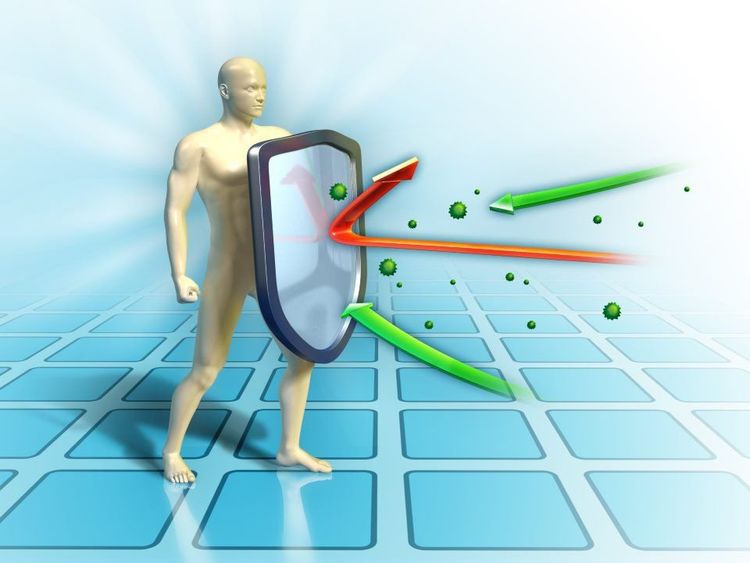
Nguyên nhân gây dị ứng sau khi uống đậu nành là do phản ứng của hệ miễn dịch
5. Who is susceptible to soy allergy?
The risk of soy allergy is generally higher in the following groups:
Family history: The risk of soy milk allergy or food allergy in general is increased if there is a family history of allergies , such as fever, asthma, rash or eczema; Young children: Soy allergy is most common in children, especially infants and toddlers; Co-existing allergies: People who are allergic to other foods, such as wheat, beans, milk, etc. may also be allergic to soy.
6. Soy allergy treatment
To relieve the signs and symptoms of a soy allergy, antihistamines can be used. Taking an antihistamine after eating soy can help control symptoms and ease discomfort. No matter how much you try to limit it, you run the risk of accidentally ingesting soy. If a severe allergic reaction occurs, the patient should receive an emergency injection of epinephrine and seek medical attention as soon as possible.
7. Prevent Soy Allergy
The only way to prevent soy allergy is to avoid eating and drinking foods containing soy protein, such as soybean sprouts, soy milk, etc. For infants, please breastfeed instead. using a soy-based formula.
Read food labels to find soy ingredients. Soy is often found in foods you wouldn't expect, including canned foods, like canned fish, canned meats, baked goods, cookies, energy supplements, low-fat peanut butter, and so on. canned soups, cheese, yogurt and vegetable oils.
If you have a soy allergy, you can actively reduce uncomfortable symptoms by having over-the-counter antihistamines and epinephrine injections ready to use when you notice signs of anaphylaxis.
Please dial HOTLINE for more information or register for an appointment HERE. Download MyVinmec app to make appointments faster and to manage your bookings easily.
Reference source: Mayoclinic.org



